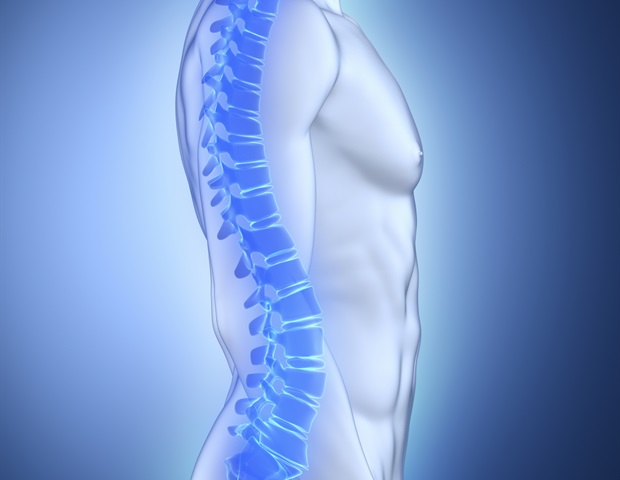
Results from a new UCB survey have revealed the impact osteoporosis has on women, with nearly two thirds (65%) agreeing that their condition is being neglected and that their healthcare authority should be doing more to prioritize it (83%).
Following the 2018 UCB survey, which revealed a startling lack of knowledge and understanding of osteoporosis and fragility fractures, these new results involving 965 women over 60 years old with osteoporosis, across 11 European countries, showed that over half (58%) agreeing that their healthcare authority doesn’t fully understand the impact osteoporosis and fragility fractures has on their lives.
The survey highlighted that osteoporosis isn’t just about broken bones: patients surveyed revealed that the condition causes them pain (83%), makes them feel depressed (57%), vulnerable (61%), and isolated (27%). The results also suggest that age may play a part in the perceived neglect of osteoporosis and fragility fractures, with three quarters (77%) of patients agreeing that it would be prioritized if more people under 60 suffered from the condition.
This multinational European survey highlights that women with osteoporosis are clearly feeling let down by their healthcare system that are not prioritizing services for osteoporosis and fragility fractures. The significant impact that osteoporosis and fragility fractures can have on individual’s life cannot be overlooked. We need to work with patients to take their concerns and experiences to policy makers to support the services needed to reduce the burden of osteoporosis. With so many believing that osteoporosis would be prioritized if it affected younger people, we need to reassure patients that health systems and policy makers can do more to help deliver quality care for patients, regardless of their age.”
Dr Kassim Javaid, Consultant Rheumatologist, University of Oxford
Osteoporosis is the most common type of bone disease, affecting approximately 200 million people worldwide. This number is expected to rise due to the global aging population, presenting a larger burden to health systems worldwide. By 2050, the global population of older people is projected to more than double its 2015 size, reaching nearly 2.1 billion. With osteoporosis mainly affecting women over the age of 50, the action is needed to ensure that osteoporosis care and management is prioritized by healthcare systems to safeguard against exponential growth of the condition and subsequent patient and societal impact.
Of the women surveyed, over half said performing their usual daily activities (58%) and walking (56%) have become problematic due to their osteoporosis and nearly a third (30%) said it impacted their ability to take care of themselves. But the impact of the condition doesn’t stop with the individual: many say their employment has been affected. Almost one in five (17%) admitted to having to reduce their working hours, and 1 in 8 (13%) said the condition meant they had to give up work completely.
Osteoporosis causes bones to weaken at a faster rate than normal; making them fragile and more likely to break, resulting in more than 8.9 million fractures each year. Fragility fractures have the potential to impose a significant burden on a person’s life, often making everyday activities such as eating, dressing, shopping or driving difficult. After experiencing the first fracture, you are five times more likely to suffer another fracture within a year. Worse still, for those that suffer a hip fracture, 40% are not able to walk independently again, and up to a quarter of those who suffer a hip fracture die in the first year through complications.
When it comes to the diagnosis and management of osteoporosis, nearly three-quarters of those surveyed (70%) recall being told that osteoporosis is ‘just a normal part of aging and to be careful’, with many adding that information about fragility fractures (56%) or treatment options (33%) was not discussed enough or at all. Furthermore, a third of respondents commented that, upon their diagnosis, their healthcare professional didn’t have enough time (34%) and didn’t give them enough information on managing the condition and its impact (34%).
The results of the survey are distressing given so many patients are experiencing a great reduction in their overall quality of life, owing to osteoporosis and fragility fractures – it is no wonder patients are feeling neglected. We know that people nowadays expect to be able to do more in their later life; we need to help them achieve this and live their lives to the fullest by better educating all stakeholders that play a role in managing osteoporosis and fragility fractures– policy makers, physicians and patients - to ensure the short and long-term impact of osteoporosis is fully understood, effectively managed, and that the risk of subsequent, iterative, fractures is significantly reduced.”
Dr Pascale Richetta, Head of Bone and Executive Vice President at UCB






No comments
Post a Comment